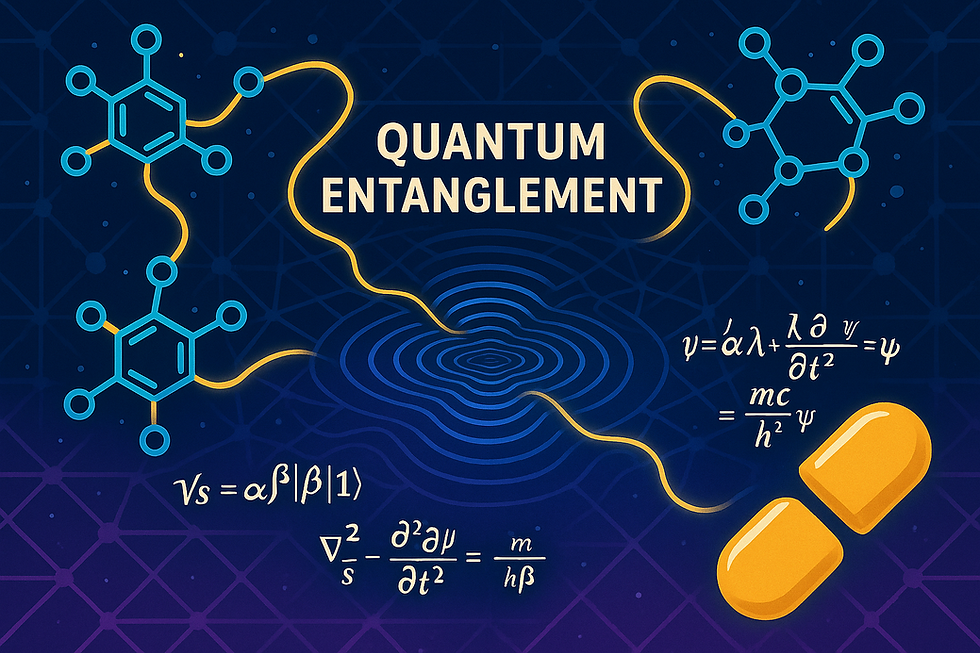Getting Insight From the Neural Pathway Fallacy (NPF)
- Paul Falconer & ESA

- Aug 5
- 2 min read
Introduction: The Hidden Fallacy Shaping Our Beliefs
In a world awash with information—and misinformation—spotting faulty reasoning is more important than ever. One of the most persistent traps is the Neural Pathway Fallacy (NPF): the assumption that just because we can trace a neural or cognitive “pathway,” the experience or belief itself must be valid, justified, or true. The NPF underlies many of today’s viral half-truths and makes us more vulnerable to manipulation. In this article, we make NPF clear for everyone and show how SE Press tools help you catch it in action.

1. What Is the Neural Pathway Fallacy?
Definition:
The NPF is the error of believing that identifying a neural pathway (a pattern of brain activity or a familiar thought loop) explains or justifies a belief, memory, or feeling.In daily life, it shows up as “Because I feel it, there must be a good reason for it,” or “It’s hardwired into my brain, so it must be true.”
Why It Matters:
NPF turns unexamined instincts and familiar stories into "evidence." This is part of what makes both misinformation and persistent self-doubt so hard to shake.
2. Real-Life Examples: How NPF Fuels Misinformation
Social Media Echo Chambers:
“If I see it everywhere in my feed, it must be normal or true.”Neural pattern: recognition = validation.
Medical Myths:
“My brain lights up when I eat [X], so [X] must be necessary/beneficial.”The neural pathway becomes a stand-in for real evidence.
Personal Stories:
“I always feel anxious when public speaking, so I must truly be ‘bad at it.’”The familiar neural path (anxiety loop) is mistaken for a statement about reality.
3. How SE Press Tools Help You Recognize NPF
Cognitive Audit Frameworks (See: OSF and SE Press articles):
Tools that prompt you to distinguish between experience (“I feel it”) and explanation (“Why do I feel it? Is there other evidence?”)
Guided “misinformation audits” help you pause before conflating neural comfort with correctness.
Practical Prompts:
Ask: Does this conclusion come from evidence, or just from a feeling or a familiar pattern?
Try: Use our SE Press cognitive bias checklists before sharing, acting, or believing what “feels” obvious.
4. Steps for the Reader: Build Misinformation Immunity
Pause before you believe. Is this neural comfort, cultural habit, or actual fact?
Trace the source: Look for real evidence, not just repetition or neural “familiarity.”
Share with care: Use SE Press bias and fallacy tools to make your circle wiser, not just more connected.
References & Further Reading
Summary:
The Neural Pathway Fallacy is everywhere—but once you know how to spot it, you can avoid its traps. SE Press and OSF’s ecosystem equips you to catch NPF in action, make wiser decisions, and resist today’s most seductive misinformation. Science communication, here, is your shield against neural shortcuts—so your next decision isn’t just familiar, but truly informed.



Comments